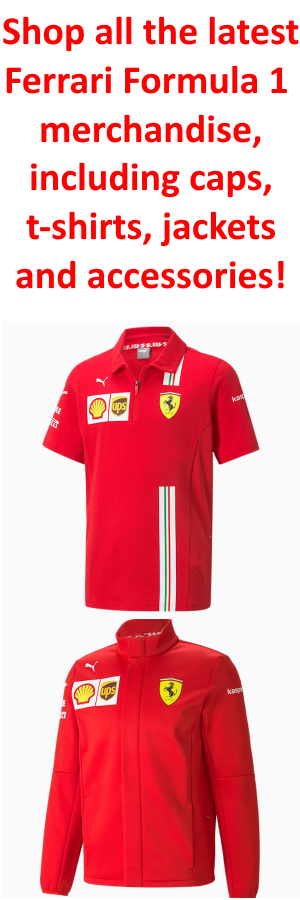Charles Leclerc’s Aggressive Spanish GP Podium Transfer Sparks Criticism Over Driving Instance
Charles Leclerc secured his second consecutive podium end with a third-place end result on the Spanish Grand Prix, bouncing again from a uncommon off-day in qualifying. Beginning the race from seventh on the grid—his lowest Saturday end result since China—Leclerc shortly regained momentum, overtaking each Mercedes vehicles with a robust opening lap. Regardless of being outqualified by teammate Lewis Hamilton for the primary time in a number of races, the Monegasque driver managed to reverse the order on observe, aided by Ferrari’s resolution to swap positions after Leclerc radioed that Hamilton’s slower tempo was compromising his race technique.
Charles Leclerc appeared destined for a fourth-place end behind the dominant McLaren duo and Max Verstappen, however a late-race security automobile interval unexpectedly shifted the end result. With Crimson Bull opting to suit Verstappen’s automobile with exhausting tyres, the Dutchman discovered himself weak on the restart. Struggling to generate temperature in his rubber, Verstappen narrowly prevented a dramatic slide popping out of the ultimate nook—an error that gave Charles Leclerc simply the chance he wanted.
Making the most of Max Verstappen’s instability, Charles Leclerc surged ahead, making contact with the Crimson Bull driver on the straight as he moved previous. The incident, although minor in bodily affect, occurred at excessive pace and had the potential to lead to a double retirement. The Dutch driver accused Charles Leclerc of forcing the contact, referring to the transfer as a “ram,” although the stewards reviewed the footage and deemed it a racing incident, issuing no penalties.
Sky Germany analyst Ralf Schumacher echoed the stewards’ verdict but in addition expressed concern in regards to the instance set by each drivers. He acknowledged that whereas the maneuver fell inside the bounds of exhausting racing, the close-quarters contact at such velocities was pointless and dangerous. Ralf Schumacher emphasised that top-tier drivers like Charles Leclerc and Max Verstappen, who collectively have amassed 161 podiums, carry a accountability to display clear and secure racing—notably given the impressionable younger expertise watching and studying from their actions.
Schumacher identified that each drivers have been aggressively defending the middle of the observe and that, though a penalty wasn’t warranted, the incident mirrored poorly on driver conduct on the sport’s highest stage. He famous that such actions at these speeds might have resulted in catastrophe and known as for better consciousness from skilled racers.
The criticism didn’t finish there. F1 commentator Peter Windsor described Charles Leclerc’s transfer as “inexcusable,” arguing that the four-time F1 world champion had maintained a straight line and that the contact might have simply been prevented. Crimson Bull motorsport advisor Helmut Marko took a good harsher view, accusing Leclerc of carelessly steering into Verstappen’s path. The controversy has added additional warmth to an already intense rivalry between the 2, particularly as Leclerc now sits simply 43 factors behind Verstappen within the drivers’ standings.
The Spanish Grand Prix was additionally notable for Max Verstappen’s earlier conflict with George Russell, an incident that stemmed from a group instruction to permit the Mercedes driver by. Max Verstappen didn’t yield appropriately, leading to contact and a 10-second penalty—although some inside the F1 neighborhood known as for a stronger punishment.
Within the aftermath of his wheel-to-wheel scrap with the Dutchman, Charles Leclerc supplied his personal rationalization. He insisted that he was merely aiming to catch a slipstream and exploit the Dutchman’s misstep on the nook exit. From Leclerc’s perspective, the transfer was opportunistic reasonably than reckless, and he believed it had unfolded precisely as he meant.
Nonetheless, as debate continues over what constitutes honest however agency racing, questions linger in regards to the long-term implications of such incidents—not only for championship standings but in addition for the instance they set in a sport watched intently by the following era of drivers.



